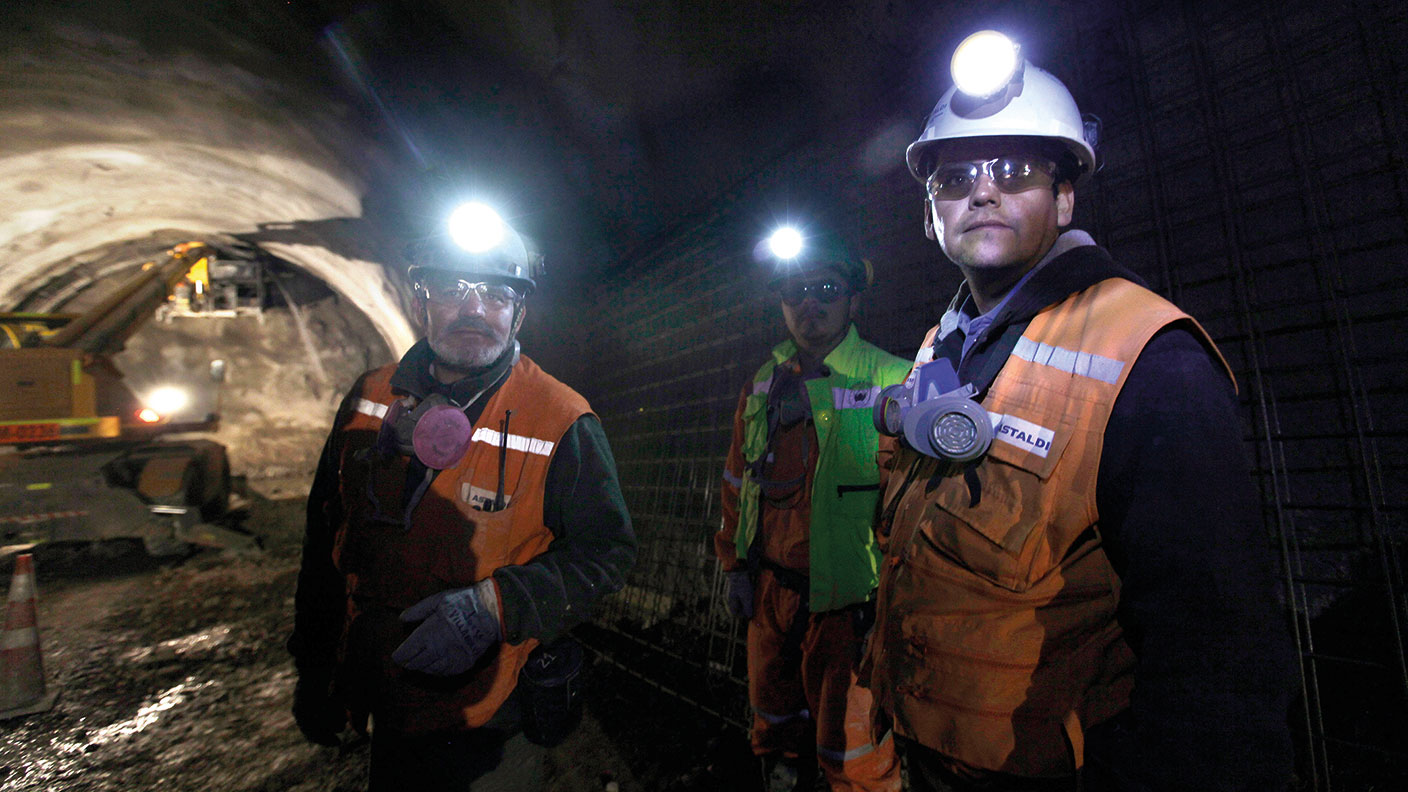Whichever type of green energy prevails in the next few years, Latin America will benefit, says James McKeigue
By: James McKeigue

Many analysts think that the pandemic is accelerating the shift from fossil fuels to clean energy. It’s too early to say if that’s true, but it has certainly increased the green grandstanding from politicians and CEOs. BP aims to be “carbon neutral” by 2050, while Toyota, the world’s biggest carmaker, will no longer make internal combustion engines from 2040. The UK was the first major economy to make a legally binding commitment to “net-zero” greenhouse gas emissions and similar pledges are now being announced by governments across the world. With Glasgow hosting COP 26 – the World Cup of environmental shindigs – this November, expect plenty more ambitious green commitments.
The problem? Most of these promises are impossible to deliver. Take electric vehicles (EVs). Replacing today’s global fleet of internal combustion engines with EVs would require mining every single pound of copper in all of the world’s copper mines (EVs use four times as much copper as traditional cars).
Another solution could be biofuels. Yet even in BP’s most optimistic scenario, bioenergy will only make up 10% of demand for primary energy (natural resources that have not been converted into other forms of energy) by 2050. And that’s with billions of dollars of investment and massive increases in biofuel production. It’s a similar story for hydrogen, which under BP’s most radical assumption would provide just 18% of primary energy supply in 2050.
I am not belittling the efforts to fight climate change, just highlighting how difficult it will be to wean ourselves off oil. Simply meeting the legally binding pledges already made will radically upend natural commodity markets. Still, the energy transition will continue to pick up speed. For politicians, fighting climate change helps to win votes, while touting a company’s green credentials helps CEOs boost the stock. The energy transition bodes well for one part of the world in particular: Latin America. The region is home to the world’s largest reserves of copper and lithium. It is the biggest biofuel producer and is also emerging as a leader in green hydrogen (hydrogen created with renewable energy, not fossil fuels).
Commodities are still cheap
Clean energy is already a crowded trade. Copper is at record highs, while shares of EV manufacturer Tesla have tripled in the last year. Yet despite all the talk of a commodities supercycle, the prices of key natural resources are still well below previous peaks. The Commodity Research Bureau index, which tracks 19 raw materials, is currently at less than half of its 2008 peak – lower than at any point during the last supercycle, from 2004 to 2014. Rising inflation should also boost natural-resource prices. Last month’s 3% rise in US core consumer prices was the highest monthly increase since the mid-1990s. With the Federal Reserve seemingly unperturbed by rising prices, we’re likely to see higher inflation. Commodities are one of the few asset classes to thrive in an inflationary environment.
Michael Scherb, the founder and CEO of Appian Capital Advisory, a private-equity mining investor that owns mines in Latin America, believes clean-technology metals will go higher. “Mining companies are classic ‘lag’ businesses with long lead times for mines to get into production, so they were slow off the mark in responding to demand for clean tech. That’s reflected in the current prices for copper and nickel. People realise that there is going to be a supply and demand mismatch. However, I don’t think that even current prices reflect the full extent of the gap between supply and demand, which will become more apparent in the future.” Another factor is the declining quality of ore, says Scherb. Companies will have to “mine deeper for poorer-quality ore, which will increase costs. That will feed into the industrial production chain, which will push inflation in the sector”.
So the world will need immense amounts of copper. And that’s where Latin America comes in. Chile and Peru are the world’s largest copper producers, accounting for 44% of global output. Yet their neighbours have more exciting exploration potential. Miners up and down the Andes believe that Ecuador and Argentina have as much copper as Chile and Peru. Wojtek Wodzicki is the CEO of junior explorer NGEx Minerals and has overseen three massive copper discoveries in Chile and Argentina. “All along the Andes you see incredible deposits. Chile and Peru have exploited that, with their long history in mining, whereas Ecuador, Argentina and Colombia probably have much more to be found. An area with promising geology but little exploration equals opportunity.”
Nickel, cobalt, manganese and lithium are also clean-tech metals used in EV batteries. All four are abundant in the region, but Latin America is particularly dominant in lithium, where the “lithium triangle” of Bolivia, Argentina and Chile holds 55% of global reserves. Latin America also has advantages above the ground. The forces calling for the energy transition are part of a wider move to improve environmental and social governance (ESG). The money in global funds targeting ESG-friendly investments grew by 50% in 2020 to $1.7trn. So new mining projects will henceforth have to explain their social and environmental impact.
And that will favour Latin America. For example, its main competitor in cobalt production is the Democratic Republic of the Congo, where child labour is rife. Another advantage is electricity. Thanks mainly to massive hydroelectric plants, Latin America has the greenest power grid in the world, with around 60% of the region’s electricity coming from clean sources. Being able to hook up to a green grid improves the environmental profile of Latin American mining projects, which will help them attract more investment.
Orginal article: https://moneyweek.com/investments/commodities/603303/latin-america-leads-the-way-in-the-raw-materials-for-clean-tech


Deja un comentario